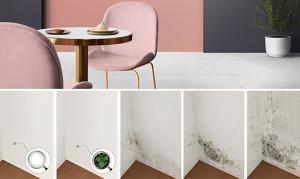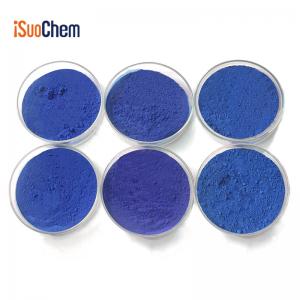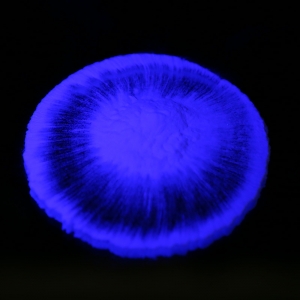
Purple strontium aluminate phosphorescent glow powder pigment supplier
iSuoChem® purple phosphorescent pigment which is a kind of energy storage powder, is certificated by SGS, ISO17514, DIN67510 Part 1-4.
Read More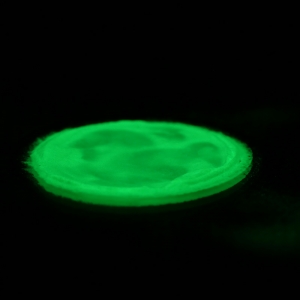
Fluorescent Green coloring luminescent pigment manufacturer
Energy storage powder, iSuoChem® Luminous Pigment glows in the dark after absorbing different visible light and can reuse repeatedly. Certificates of SGS, ISO17514, DIN67510 Part 1-4 are available.
Read MorePhotoluminescent blue-green ceramic glow in the dark pigment
iSuoChem® Fluorescent photoluminescent pigment glows blue-green color in the dark after absorbing different visible light and can reuse repeatedly.
Read More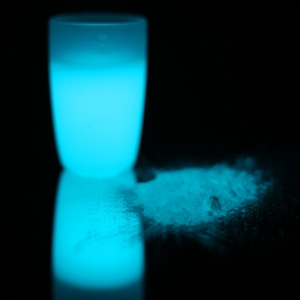
Wholesale Blue-green strontium aluminate glow in the dark powder
iSuoChem® glow in the dark powder glows blue-green light in the dark after absorbing different visible light and can reuse repeatedly.
Read MoreFine rutile sterling mica base silver white pearl pigment manufacturer
REACH registration, SGS, ISO certification, low heavy metal content, 95%min color consistence, Malvern Particle size test, X-RITE color and brightness test, QUV test, to ensure good quality of pearlescent pigment.
Read More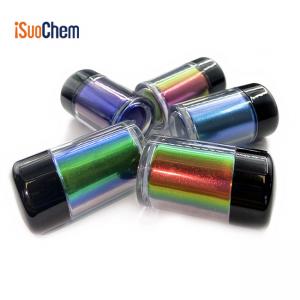
iSuoChem Refractive Metal Color Shifting Multichrome Pigment
iSuoChem® Multichrome Pigments are a special type of pigment that have the property of changing color as light changes.
Read More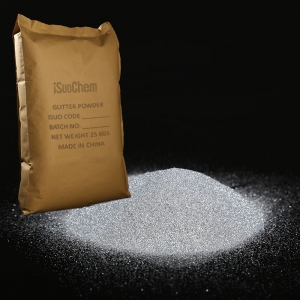
Hexagon Sparkling silver bulk glitter powder
iSuoChem® YS1001 Silver Sparkling glitter powder conforms to SGS, REACH, OEKO-TEXT Standard 100, free formaldehyde, free bisphenol A, solvent resistant, high temperature resistant, fashion colors, Various glitter powder for your choice.
Read More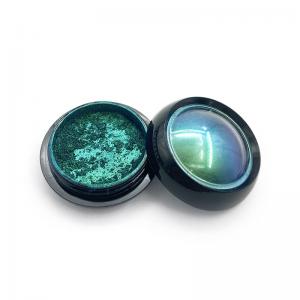
Purple/kingfisher/Blue High Color Intensity Optical Changeable lnk Pigment
iSuoChem® HC17 Security Pigment is a kind of Optical Changeable lnk Pigment(OCIP), Optically Variable Pigment (OVP) and Optically Variable Magnetic Pigment (OVMP).
Read More





 +86 13965049124
+86 13965049124
 English
English  français
français русский
русский italiano
italiano español
español português
português العربية
العربية 한국의
한국의 ไทย
ไทย Tiếng Việt
Tiếng Việt








